Blog Posts
- Home /
- Blog Posts
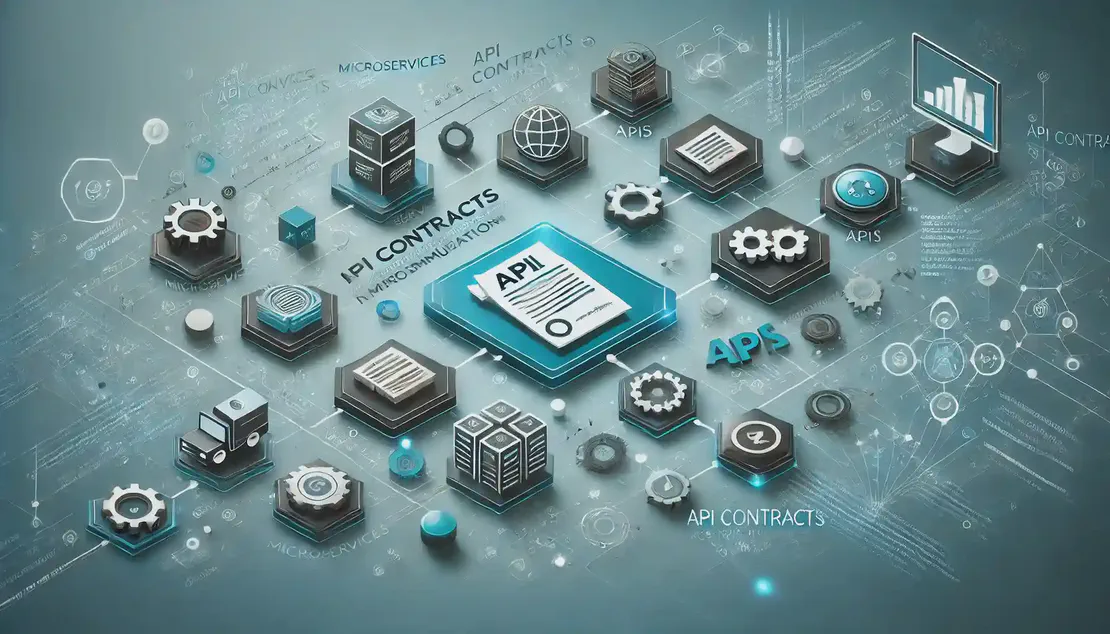
API Contracts in Microservices Communication
🔗 Role in Microservices — API contracts define the expected interactions between microservices, ensuring that each service communicates correctly with others. This is crucial in a microservices architecture where services are independently developed and deployed.
Read More
Hinted Handoff in System Design
🔄 Definition — Hinted handoff is a technique used in distributed systems to improve write availability and ensure data durability when some nodes are temporarily unavailable.
Read More
State of AI at the End of 2024
📈 AI Adoption — In 2024, AI adoption has surged significantly, with 72% of organizations using AI, up from 50% in previous years. This increase is driven by the widespread use of generative AI across various business functions.
Read More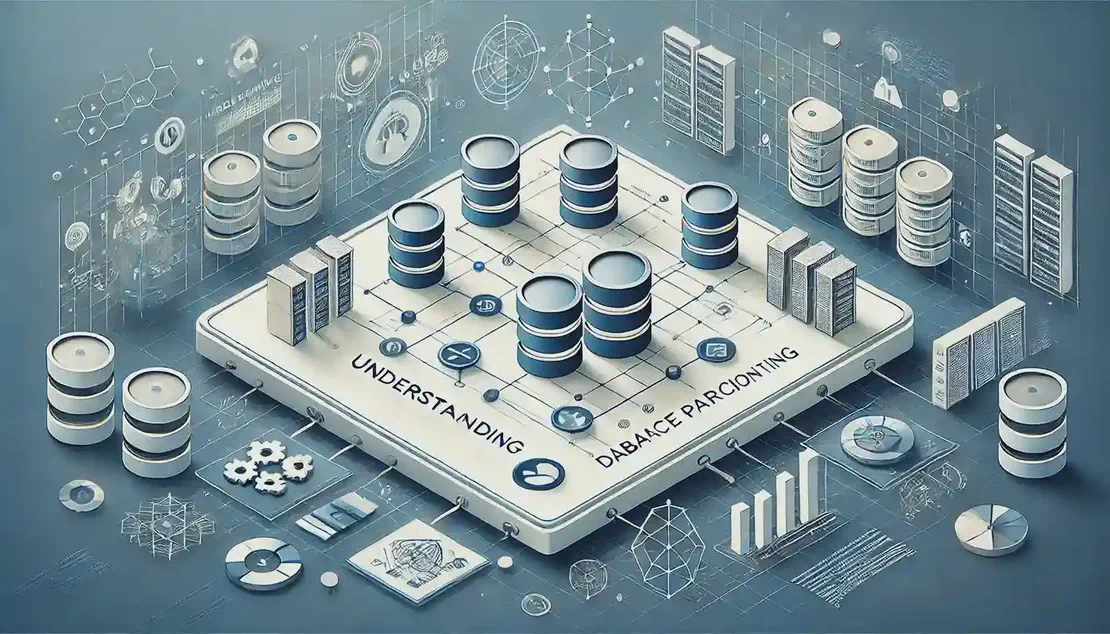
Understanding Database Partitioning
🔍 Definition — Database partitioning is a technique used to divide a large dataset into smaller, more manageable pieces called partitions. This helps improve the performance and scalability of the database system.
Read More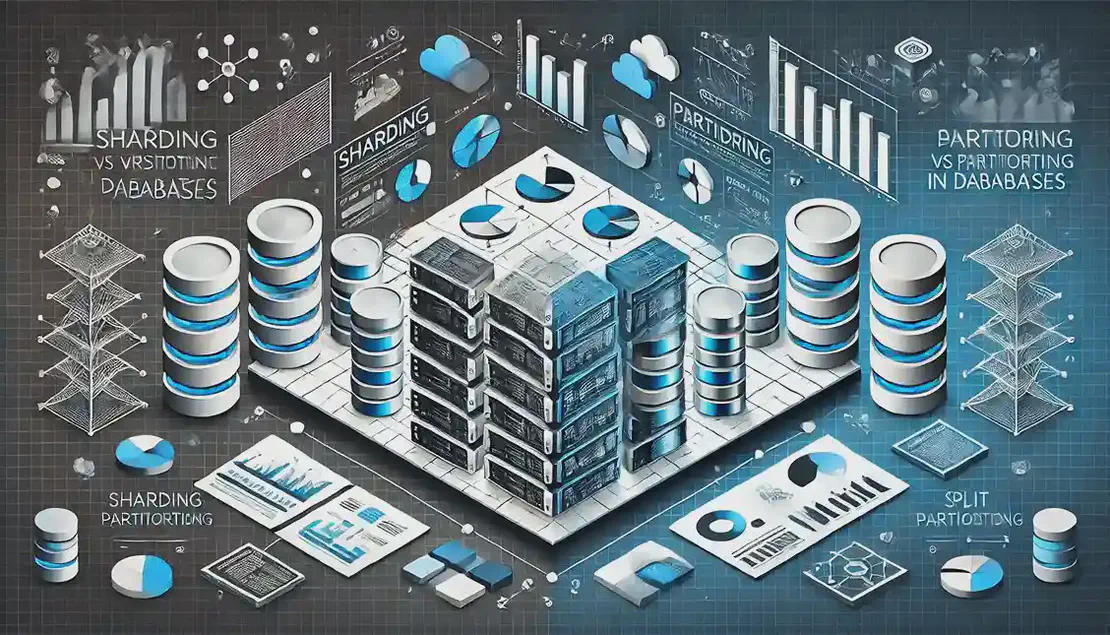
Sharding vs Partitioning in Databases
🔍 Definition — Sharding is a type of database partitioning that involves distributing data across multiple servers, while partitioning generally refers to dividing data within a single database instance.
Read More
Understanding SSL and Its Importance
🔒 Definition — SSL, or Secure Sockets Layer, is a protocol for encrypting and securing communications over the Internet. It ensures that data transferred between users and websites remains private and secure.
Read More
Understanding SSH: Secure Shell Protocol
🔐 Definition — SSH, or Secure Shell, is a network protocol that provides secure remote access to computers over unsecured networks, ensuring encrypted data communications and strong authentication.
Read More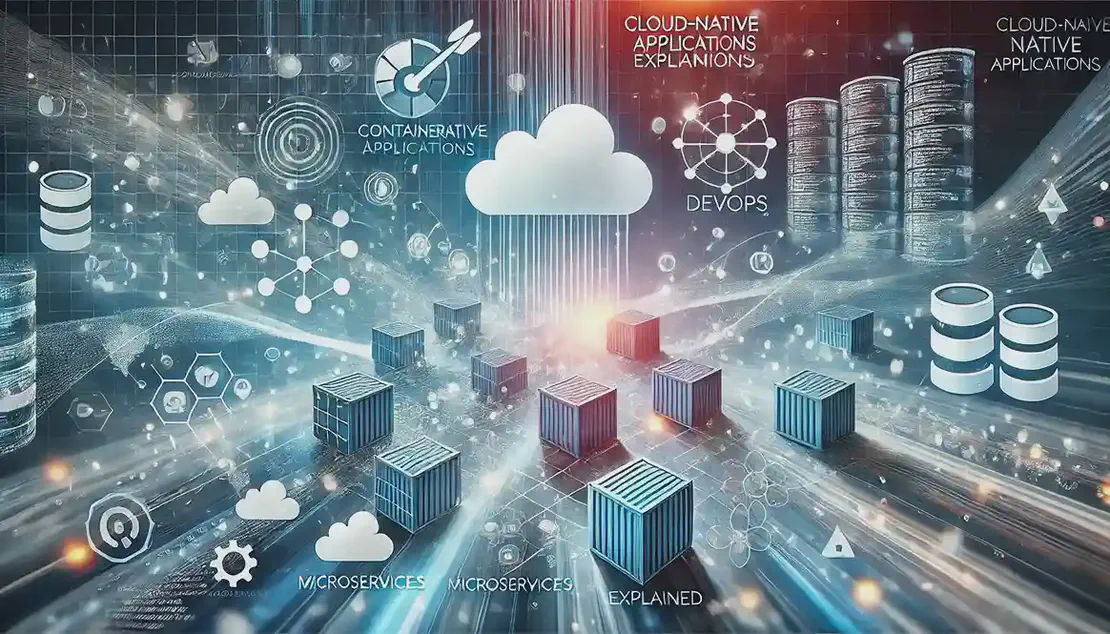
Cloud-Native Applications Explained
☁️ Definition — Cloud-native applications are designed to fully leverage cloud computing environments, utilizing microservices architecture to enhance scalability, flexibility, and resilience.
Read More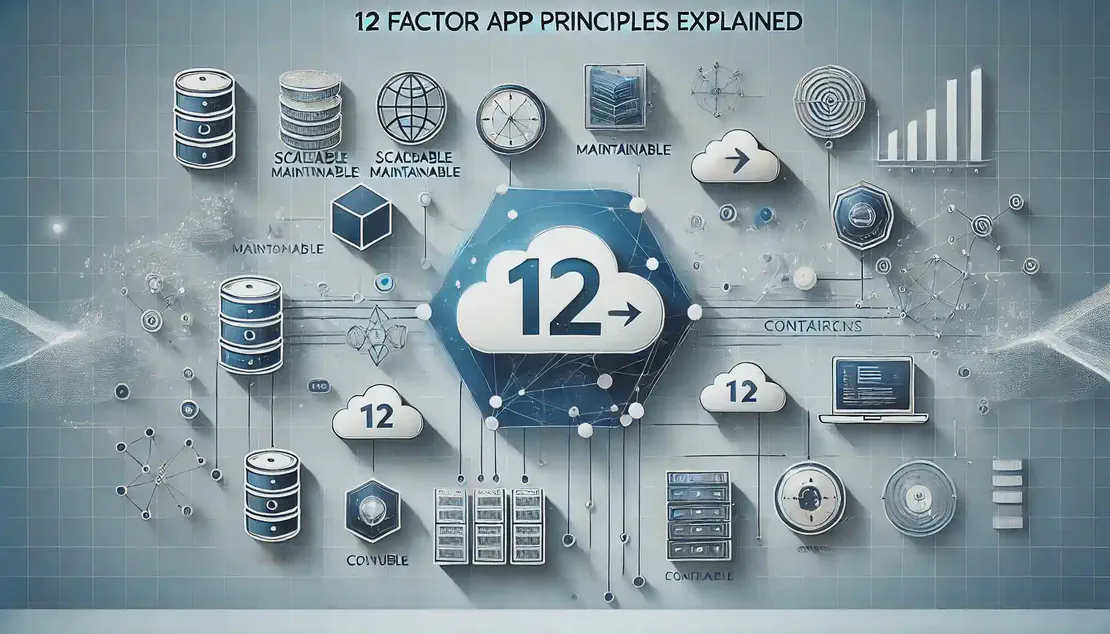
12 Factor App Principles Explained
📜 Codebase — Maintain a single codebase tracked in version control, with multiple deployments. This ensures consistency across environments and simplifies the management of different application versions.
Read More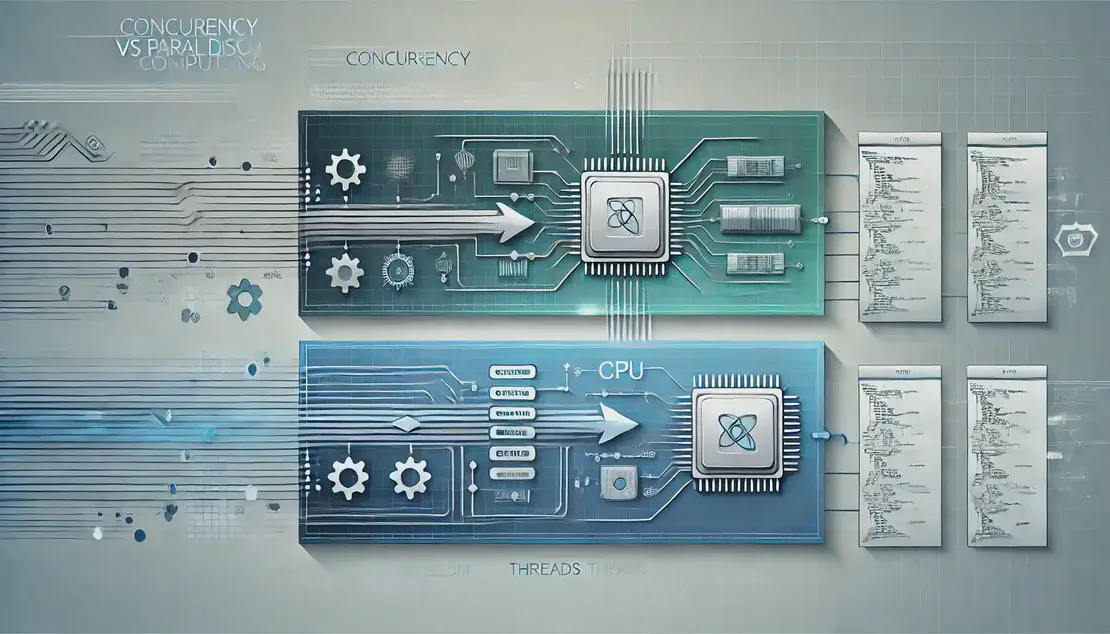
Concurrency vs Parallelism in Computing
🔄 Concurrency — Concurrency involves managing multiple tasks that can start, run, and complete in overlapping time periods. It is about dealing with many tasks at once, but not necessarily executing them simultaneously.
Read MoreCategories
- Microservices ( 27 )
- System-Design ( 16 )
- Scalability ( 10 )
- Rest ( 6 )
- Api ( 6 )
- Distributed-Transaction ( 5 )
- Webdev ( 5 )
- Internet ( 5 )
- Rate-Limiting ( 5 )
- Networking ( 4 )
- Security ( 4 )
- Distributed-Systems ( 4 )
- Network-Protocol ( 3 )
- Devops ( 3 )
- Cicd ( 2 )
- Cloud-Native ( 2 )
- Grpc ( 2 )
- Automation ( 2 )
- Eventual-Consistency ( 2 )
- Databases ( 2 )
- 12-Factor-App ( 1 )
- Ai ( 1 )
- Two-Phase-Commit ( 1 )
- Distributedtracing ( 1 )
- Protobuf ( 1 )
- Domain-Driven-Design ( 1 )
- Paxos ( 1 )
- Service-Discovery ( 1 )
- Cqrs ( 1 )
- Observability ( 1 )
- Performance ( 1 )
- Serialization ( 1 )
- Mqtt ( 1 )
- Software-Architecture ( 1 )
- Concurrency ( 1 )
- Integration ( 1 )
- Vertical-Slice-Architecture ( 1 )
- Timeout-Pattern ( 1 )
- Computing ( 1 )
- Kubernetes ( 1 )
- Retry-Pattern ( 1 )
- Service-Mesh ( 1 )
- Event-Sourcing ( 1 )
- Hinted-Handoff ( 1 )
- Raft ( 1 )
- Generative-Ai ( 1 )
- Software-Best-Practices ( 1 )
- Software-Design ( 1 )
- Privacy ( 1 )
- Backend-Development ( 1 )
- Networrking ( 1 )
- TechExplained ( 1 )
- Conflict-Resolution ( 1 )
- Consensus ( 1 )
- EDA ( 1 )
- Mocroservices ( 1 )
- Database-Sharding ( 1 )
- Headers ( 1 )
- Parallelism ( 1 )
- Architecture-Design ( 1 )
- Architecture-Styles ( 1 )
- Chaos-Engineering ( 1 )
- Circuit-Breaker ( 1 )
- Api-Contracts ( 1 )
- Quorum ( 1 )
- Sidecar-Pattern ( 1 )
- Software-Development ( 1 )
- Technology-Trends ( 1 )
- Vpn ( 1 )
- Applications ( 1 )
- Ddd ( 1 )
- Resilience ( 1 )
- Consistent-Hashing ( 1 )
- Deployments ( 1 )
- Modularity ( 1 )
- Secret-Management ( 1 )
Tags
- System-Design
- Scalability
- Microservices
- Software-Architecture
- Rest
- Api
- Software-Engineering
- Distributed-Transaction
- Internet
- Webdev
- Consistency
- Rate-Limiting
- Api-Security
- Distributed-Systems
- Networking
- Devops
- Security
- Network-Protocol
- Knowledge-Bytes
- Automation
- Cloud-Native
- Databases
- Performance
- Eventual-Consistency
- Database-Sharding
- Cicd
- Grpc
- Paxos
- Raft
- Computing
- Consensus
- Deployments
- Modularity
- Network-Security
- Serialization
- Software-Best-Practices
- Canary-Deployments
- Http
- Kubernetes
- Request-Headers
- Secure-Shell
- Ssh
- 2-Phase-Commit-Pattern
- Database-Partitioning
- Deployment-Strategies
- Httpstatuscodes
- Architecture-Styles
- Ddd
- Vpn
- Ssl
- Consistent-Hashing
- Filtering
- Mqtt
- Tech-Explained
- Cqrs-Pattern
- Event-Sourcing
- Resilience
- Tech-Stack
- Applications
- Artificial-Intelligence
- Conflict-Resolution
- Event-Driven-Architecture
- Partitioning
- Secret-Management
- Software-Development
- 12-Factor-App
- Concurrency
- Observability
- Parallelism
- Timeout-Pattern
- Vertical-Slice-Architecture
- Privacy
- Protobuf
- Technology-Trends
- Microservices-Patterns
- Service-Mesh
- Api-Contracts
- Chaos-Engineering
- Generative-Ai
- Hinted-Handoff
- Integration
- Error-Handling
- Web-Security
- Load-Balancing-Algorithm
- Sidecar-Pattern
- Service-Discovery
- Sharding
- Ai
- Distributedtracing
- Domain-Driven-Design
- Httpmethods
- Encryption
- Pagination
- Response-Headers
- Sorting
- Saga-Pattern
- Software-Design
- Backend-Development
- Quorum